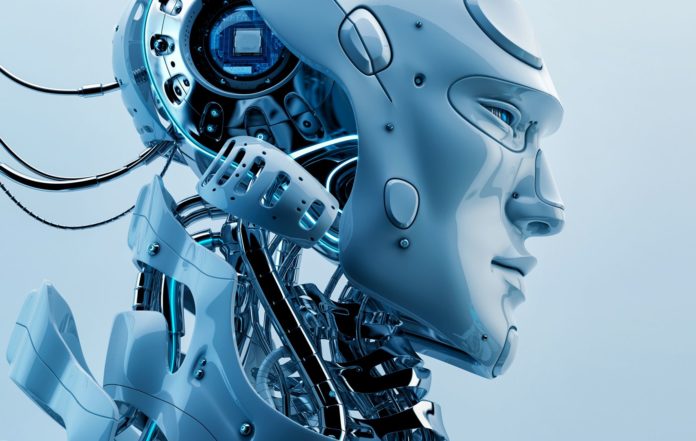
When we mention the word robot – we usually think of humanoid robots from movies or transformers. Human robots are called “androids”, and today one of the most famous is Sophia by Hanson Robotics. This android can even talk thanks to its built-in artificial intelligence.
However, robotics is a far more diverse science, and not all robots are always human-like. However, they do have some qualities that elevate them above humans. This is primarily related to speed, efficiency, and precision in operation. So which of those can help us transform our business in 2025 and how are they used – read below.
Robotics As A Multidisciplinary Domain
Since robotics is a multidisciplinary domain, it is made up of multiple fields. We have the basics of electronics and the basics of microcontrollers – miniature computers that are the brain of a robot. Of course, we must not forget their programming. Finally, there are the mechanics and motors for the starters, joysticks, etc. All these disciplines are used in making only one robot. And different types of them are nowadays widely represented in many businesses – from technology, through medicine, to construction.
Using Robots in the 21st Century
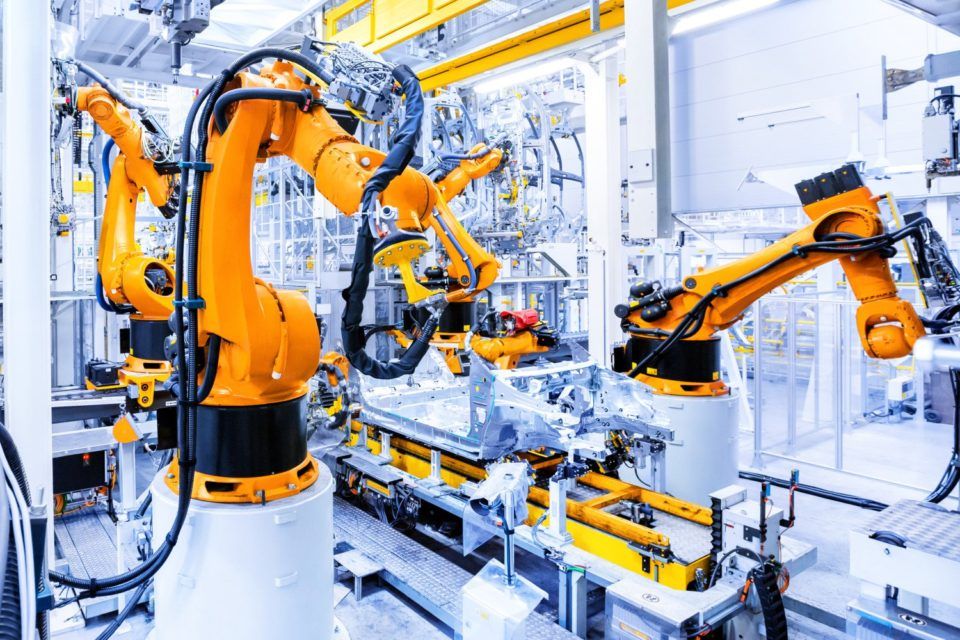
These smart machines that work in factories are called industrial robots. Their application can range from warehouse packing, car assembly assistants, to robots that help people put out fires. There are also transformer robots like human-controlled films housed inside the body of robots that allow humans to lift and carry heavy loads.
Drones, flying smart devices, are another in a series that help humans. They were created primarily to develop a system of assistance in agriculture. Drones capture land and provide information on where to find the best soil for growing certain types of plants to obtain the highest possible crop yield. Today, they are so widespread that in some countries they are even used for the delivery of goods, etc.
Interactive Robots For Scientific Research
Some companies, such as Boston Dynamics, make robots that can mimic animals and are used to carry equipment and explore the terrain. They have successfully built a puma-like robot running on rough terrain, able to balance their movements on their own, including lifting themselves if they fall – a great achievement in robotics since something was not possible until just a few years ago.
Industrial Smart Devices
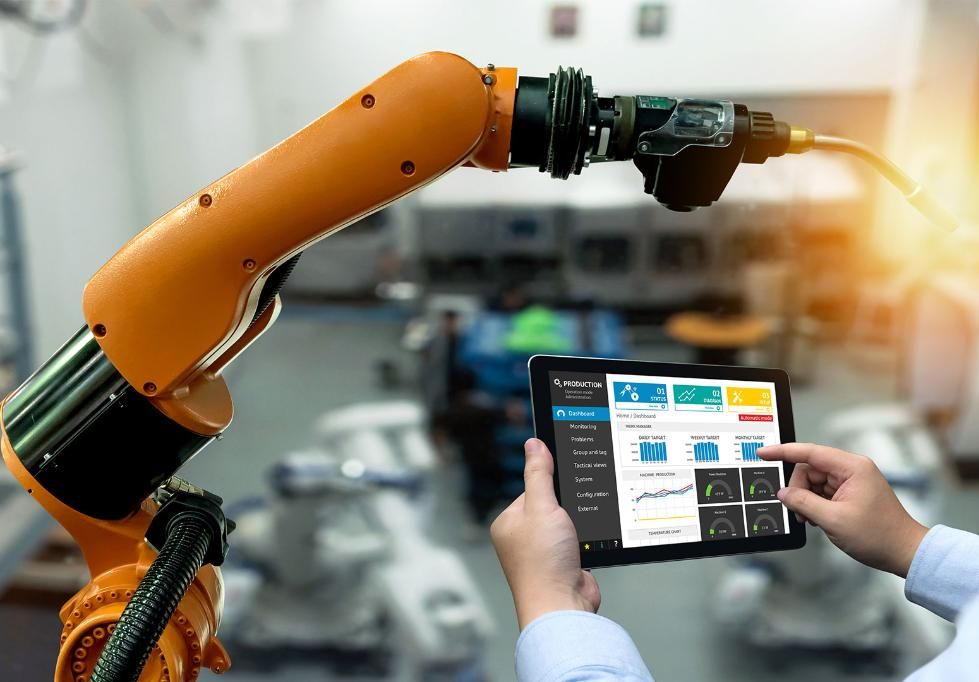
Back in the last century, robots used for industrial purposes were promoted. Many of them today are widely represented in the automotive industry, manufacturing, medical business, and construction industry as well. These branches could hardly function today without the help of robots. Or it would be very difficult and inefficient. Most industrial smart devices are fully controlled by an electric microprocessor. Manufacturing and innovation companies in this field today have technological leadership with a large number of such machines sold to customers worldwide and are one of the largest bases in the industry in general.
What Are Industrial Robots Used For?
These smart devices can produce solar panels, dishes we use, they can help in the production of materials we’re using for building our houses, or tiles we put in a bathroom. They are also used in the electric industry for making stoves, washing machines or dishwashers. They help us in so many industries – from making plastic buckets and wooden cabinets to producing metal sinks in our kitchen.
It is very similar in the construction business, where many of those smart machines are doing things like painting or cutting parts. Some of them are even used for installing windows into the house construction.
According to cpslift.com, glazing robots are particularly useful in the construction industry. Various types of robots, for example, can take lift, pack, and pallet the pills or other medical products we use when we get sick. Many of them are also used in hospitals for physical therapy exercises. Some other types of industrial robots make vehicles we use. Most car manufacturers use them throughout the production process – such as assembly, automation, chassis or final paint.
Importance of Industrial Robots
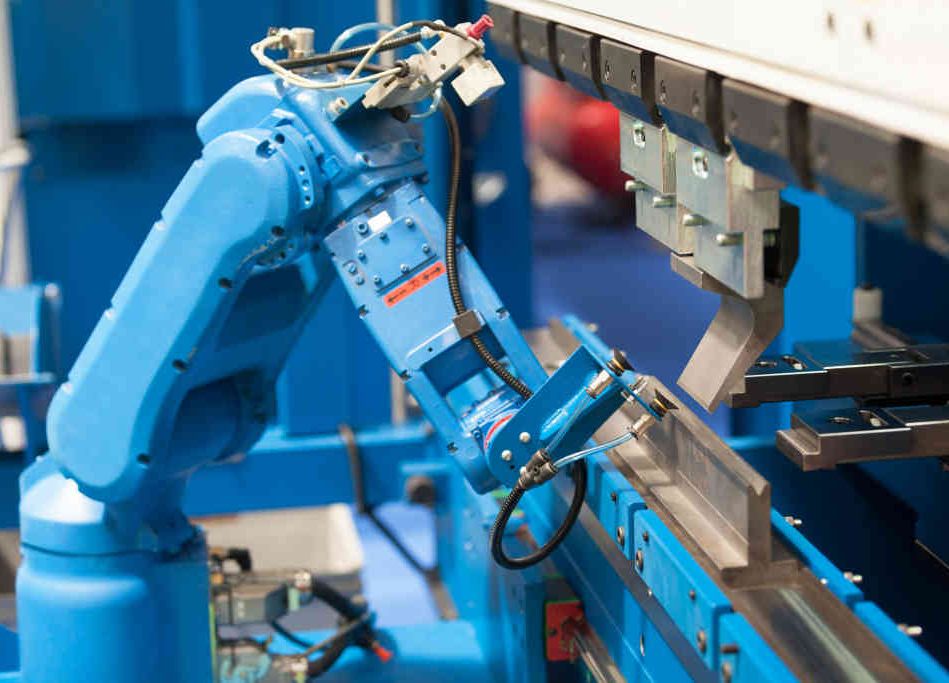
The impact of these smart devices in the production process and industrial productivity is revolutionary. Their ability to significantly increase the efficiency and quality of the production process while reducing downtime, costs and the number of workers – makes them invaluable for industrial production. They also play a significant role in everyday life. At almost every moment, we use some of the products made or operated by robots.
Big Change in the Workplace
As they greatly influence the improvement of the manufacturing process and the conditions in which employees work, robots simultaneously contribute to improving health and increasing safety. They have practically taken on monotonous and difficult jobs such as lifting and carrying heavy objects, reducing frequent changes to workers in these jobs, raising the overall satisfaction of employees in many dangerous, monotonous and dirty jobs.
Utilization In The Household
Soon, humanoid robots will help humans care for their health and make their homes safer. One such is already available on the market. It is Robelf from Taiwan-based Robelf Technologies. A cute preschool kid robot, who displays a range of emotions on the screen, from a satisfied smile to a belligerent frown, can patrol the house, identify those present, and if he “sees” a person who does not recognize or not enter his database, automatically alarms the owners. This household helper doesn’t even need to speak when it’s time to recharge his batteries but returns to the base station on his own to recover energy for new tasks.
Robotic Assistants – The Future of Life
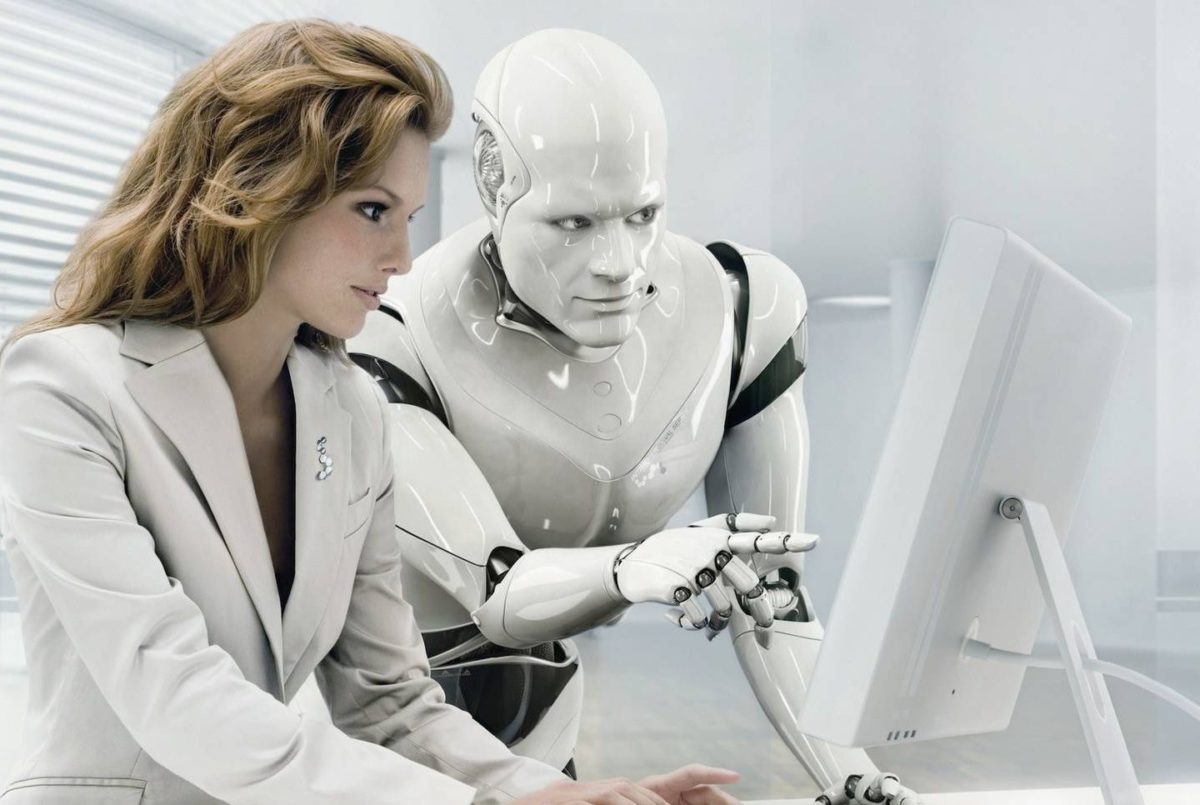
Europe is regarded as a classic society, so it is hard to imagine a household robot today. It is completely different in Japan, where it is also the source of robotics. Yaskawa sets guidelines there, the first to develop a two-handed half-humanoid. It was initially intended to replace humans on the assembly lines – and further development led to the creation of so-called utility robots, which are used in homes for the elderly and hospitals, where they make everyday life easier for the immobile people.
The user of such a smart machine controls it either through a touch screen or voice commands. Examples of so-called there are much more unproductive robotics, such as the use of barbell robots in Japan and blood collection laboratories, etc
















